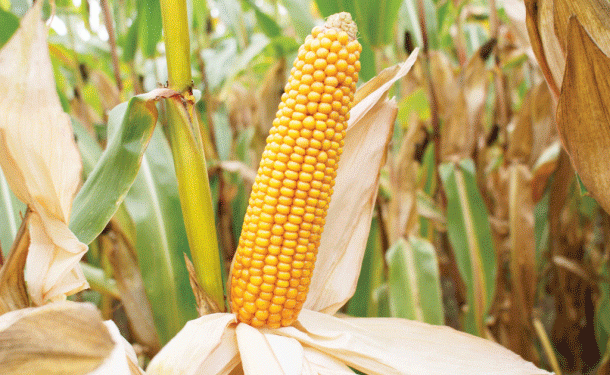Fighting Drought with Science: Zimbabwe’s Maize Revolution
Farmers in Zimbabwe are battling increasingly frequent and severe droughts that threaten their harvests, income, and food security. But a new agricultural innovation is turning the tide: drought-resistant maize.
Developed through international and national research efforts, including programs by the International Maize and Wheat Improvement Center (CIMMYT), these maize hybrids have shown remarkable results. According to Sunday News and supporting data from CIMMYT, the new varieties produce up to 20% more grain compared to traditional types — even in low-rainfall areas.
This is a critical development in a country where most rural families depend on small-scale agriculture for their livelihoods. Zimbabwe’s maize production has been repeatedly devastated by erratic weather. In recent years, drought wiped out vast tracts of farmland, leaving millions vulnerable.
CIMMYT, in partnership with local governments and international donors, has spent decades developing varieties that not only withstand drought, but also maintain stable productivity under climate stress. Field trials and adoption programs across sub-Saharan Africa show these hybrids consistently outperform traditional maize varieties, providing resilience where it’s most needed.
But the trend goes beyond Zimbabwe. Around the world, the threat to food systems is intensifying. According to the UN’s Food and Agriculture Organization (FAO), natural disasters, conflict, and disease caused $123 billion in annual agricultural losses between 1991 and 2021 — representing 5% of global food production.
The number of climate-related disasters has quadrupled since the 1970s, rising from 100 to over 400 events per year. Droughts, floods, land degradation, and biodiversity loss are now constant threats. In East Africa, crop losses reach up to 15% annually, while Asia loses around 4% of its agricultural output.
To meet these challenges, other countries are also accelerating efforts. In 2024, the U.S. Department of Agriculture approved commercial planting of HB4, a genetically modified wheat variety engineered for drought resistance. Trials have shown HB4 can maintain high yields under water stress, marking a major step forward for wheat-producing regions facing climate volatility.
Drought-resistant maize in Zimbabwe is more than a scientific breakthrough — it’s a model for climate-smart agriculture. As global food systems become increasingly fragile, scaling up such technologies is no longer optional. It is a strategic necessity.
For farmers, agronomists, and policymakers alike, embracing drought-tolerant crops means not only saving today’s harvests but also securing tomorrow’s food supply. Continued investment in resilient agricultural technologies will be critical to protect rural communities, support national economies, and ensure sustainable food production under a changing climate.
Error





